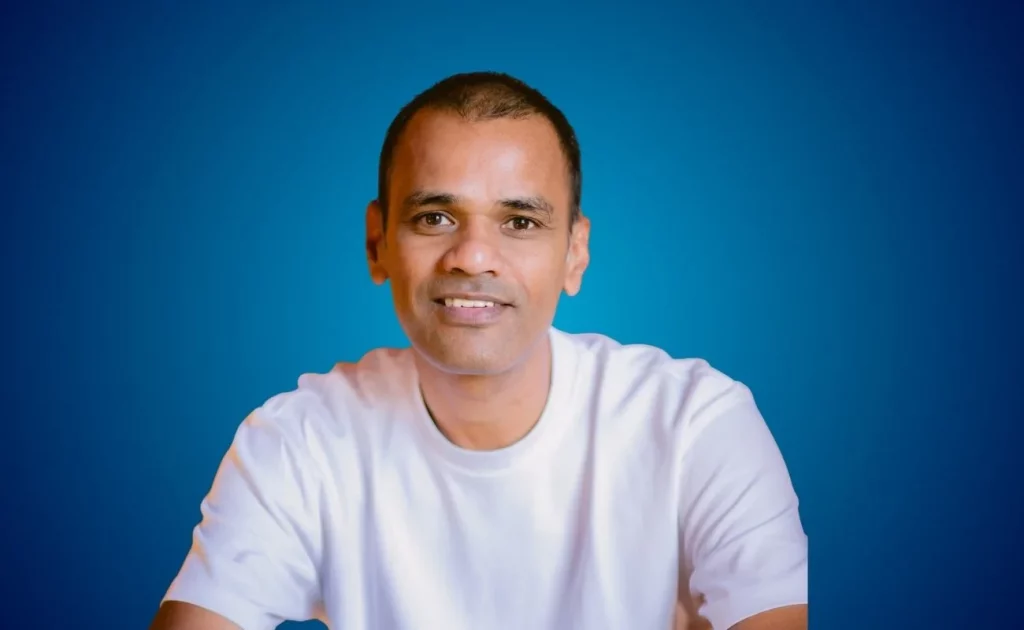The SaaS Opportunity in India’s Creator Economy: Building Tools for Scale and Speed” explores insights from Deepankar Das, Co-Founder & CEO of ButtonShift, a new-age platform simplifying creative collaboration.

India’s creative landscape, spanning in-house corporate teams, advertising agencies, design studios, and millions of independent content creators, represents one of the world’s most dynamic and underserved markets for creative technology. Despite the sheer volume of output, these teams are constantly battling roadblocks that hinder scale, speed, and quality.
The Roadblocks to Creative Velocity
The core challenge is the relentless demand for high-volume, high-velocity content, particularly for short-lived platforms like Instagram Reels and YouTube Shorts. This pressure often forces quality compromises and leads to widespread creator burnout.
Furthermore, creative teams in India face significant budget limitations. The high cost and complexity of specialised, high-end creative software, often priced for Western markets, create a substantial barrier for small agencies and individual creators. This financial pressure results in a fragmented workflow, leading to teams cobbling together multiple, often non-integrated tools. This lack of seamless integration, combined with the absence of a common, centralised platform for time-coded feedback and version control, results in constant communication breakdowns and expensive rework.
This issue is acutely felt in video and design production, where the demand for speed often conflicts with the need for meticulous execution, causing tension between different functional teams.
Tools for Local Problems
The confluence of these challenges, namely budget constraints, fragmented workflows, and the need for velocity, presents a clear and urgent opportunity for India-focused SaaS startups. These solutions must prioritise problem-solving over mere novelty, focusing on the pain points global tools often miss.
Key areas for innovation include:
AI-Powered Versioning: Tools that allow a designer to create a master creative asset and instantly generate hundreds of variations for different aspect ratios (e.g., Story vs. Banner) or multiple regional languages using AI-driven templates.
Mass Personalisation: Solutions that automatically adapt visuals and text overlays based on audience data, allowing a single creative team to efficiently service India’s diverse, multilingual market.
Visual Workflow Management: Video projects, in particular, require robust collaborative platforms that can handle large files, provide precise, time-coded annotation, and manage complex rendering and approval queues. This is a critical gap that solutions like ButtonShift are actively bridging, focusing on integrity and efficiency in the video creation lifecycle.
“Zero-Training” UX: To overcome the hurdle of complex onboarding and drive quick adoption, SaaS tools must be inherently intuitive, feeling as simple as a messaging app rather than a legacy enterprise system. ButtonShift exemplifies this focus on minimal training for maximum time-to-value.
Keys to Adoption
To achieve mass adoption and move beyond being mere novelties, SaaS solutions must address both the soft and hard barriers to buy-in:
Bottom Up Adoption and Hard ROI: Companies must offer a generous free tier for small teams to allow users to experience the value before committing. Furthermore, they must translate soft benefits (e.g., “faster approvals”) into hard ROI case studies that clearly articulate the impact on cost savings and revenue to decision-makers.
Localisation and Trust: Solutions must include features like simplified multi-language text versioning and integrated approval compliance checks relevant to Indian ad regulations. Critically, addressing data storage and security concerns through clear assurances, or private cloud options is essential for gaining trust from large, security-conscious clients. Building a local user community where creators can share best practices and “jugaad” solutions will also foster deeper buy-in.
Conclusion
The next wave of growth in India’s creator economy will be driven by specialised SaaS tools that effectively solve local problems. By strategically building solutions that are affordable, simplify complex workflows, and integrate seamlessly, focusing on local problem fit and not just on the buzz of AI, SaaS providers have an unprecedented opportunity to accelerate the creative output of India’s vast talent pool.